Product Overview
The 3.5 Inch SPI TFT Non-Touch Display Screen Module (480×320) is a high-resolution full-color LCD module driven by the ILI9486 or a compatible controller. Designed for embedded projects, this SPI-based display delivers bright, vivid visuals while minimizing microcontroller pin usage. It is ideal for Arduino, ESP32, Raspberry Pi and other microcontroller platforms where a non-touch graphical output is required.
Key Features
- 3.5 inch diagonal TFT LCD with 480 × 320 (HVGA) resolution
- ILI9486 or compatible display controller for reliable graphics performance
- SPI (Serial Peripheral Interface) 4-wire communication to save I/O pins
- 65K colors (16-bit RGB) and white LED backlight for high brightness
- 3.3V to 5V compatible operating voltage for flexible power options
- Wide viewing angle and compact design for embedded and portable systems
- Low power consumption suitable for battery-powered applications
- Library support: Adafruit_ILI9486, TFT_eSPI, MCUFRIEND_kbv and similar
Specifications
- Screen Size: 3.5 inches
- Resolution: 480 × 320 pixels (HVGA)
- Display Controller: ILI9486 or compatible
- Interface: SPI (4-wire)
- Touch Type: Non-touch
- Color Depth: 65K (16-bit RGB)
- Operating Voltage: 3.3V to 5V compatible
- Backlight Type: White LED
- Operating Temperature: -20°C to +70°C
- Module Dimensions: Approx. 85mm × 55mm × 7mm
Compatible Platforms and Libraries
This SPI TFT display is compatible with many microcontroller platforms and widely supported libraries. Common pairings include:
- Microcontrollers: Arduino (Uno, Mega), ESP32, STM32, Teensy
- Single-board computers: Raspberry Pi (via SPI)
- Libraries: Adafruit_ILI9486, TFT_eSPI, MCUFRIEND_kbv. Community examples are available for many boards.
Applications
- IoT dashboards and control panels
- Embedded graphical user interfaces (GUIs)
- Data display, sensor dashboards and portable monitors
- Robotics and automation system displays
- Smart home and industrial monitors
- Educational and DIY electronic kits
Getting Started
Follow these steps to quickly get the display up and running with a microcontroller:
- Power: Connect VCC to 3.3V or 5V depending on module specifications and GND to ground.
- SPI Signals: Connect MOSI (SDI), SCLK, CS (chip select), DC (data/command) and RESET as required by your chosen library.
- Backlight: Connect BL or LED pin to the appropriate voltage or PWM pin for brightness control if available.
- Library Setup: Install a supported library (for example, TFT_eSPI or Adafruit_ILI9486) and configure the pin definitions for your board.
- Example Sketch: Load a basic graphics example from the chosen library and adjust initialization parameters for ILI9486 and SPI mode.
Typical SPI Wiring Example (Arduino)
- MOSI -> Arduino MOSI (pin 11 on Uno)
- SCLK -> Arduino SCK (pin 13 on Uno)
- CS -> Any free digital pin (configure in code)
- DC (D/CX) -> Any free digital pin (configure in code)
- RESET -> Any free digital pin or tie to VCC via resistor if not used
- VCC -> 3.3V or 5V as module requires
- GND -> Ground
Note: Use level shifting if your microcontroller GPIO is 5V and the module requires 3.3V logic for best reliability. Many modules accept 3.3V to 5V but check the specific board documentation.
Performance Tips and Library Notes
- SPI is efficient but slower than parallel interfaces for large full-screen updates. Use partial updates and optimized libraries to improve perceived speed.
- TFT_eSPI is highly configurable and fast for ESP32 and some Arduino boards. Adafruit_ILI9486 provides straightforward examples for Arduino users.
- Adjust SPI clock speed in the library configuration to find the best balance between speed and stability for your wiring length and board.
Physical and Environmental
- Module Dimensions: Approx. 85mm × 55mm × 7mm
- Operating Temperature Range: -20°C to +70°C
- White LED backlight with adjustable brightness on supported modules
Note: Images are for illustration purposes only.






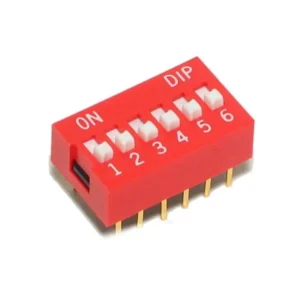
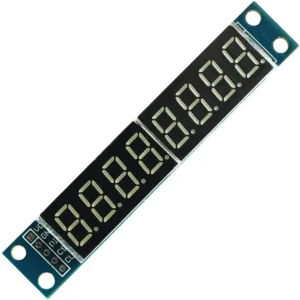

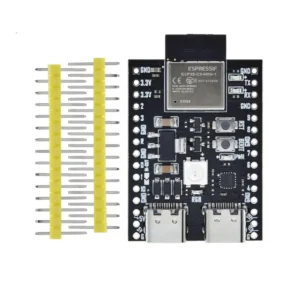


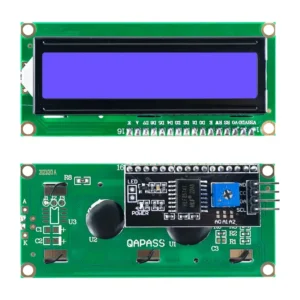
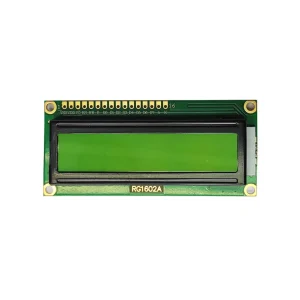

Reviews
There are no reviews yet